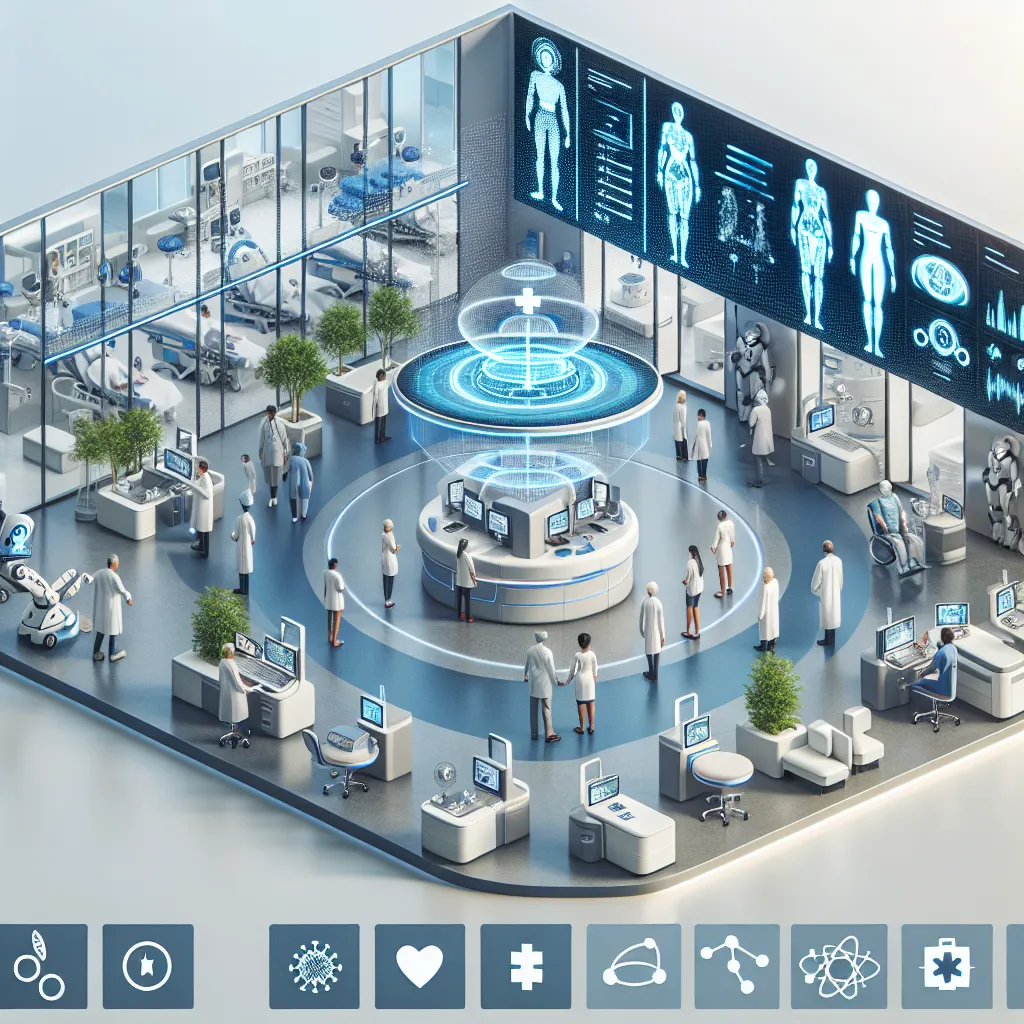The IELTS Reading section tests your ability to understand complex texts and extract relevant information. One increasingly common topic in recent years is the role of social media in public health education. This subject has gained prominence due to its relevance in today’s digital age, especially in light of recent global health events. Based on this trend, it’s highly likely that you may encounter a similar theme in future IELTS exams. Let’s explore this topic through a practice exercise that mirrors the format and difficulty level of an actual IELTS Reading test.
Nội dung bài viết
 Social media and public health
Social media and public health
Practice Reading Passage
Social Media: A New Frontier in Public Health Education
A. In the digital age, social media platforms have emerged as powerful tools for disseminating information, and their potential in the realm of public health education is increasingly being recognized. These platforms offer unique opportunities to reach vast audiences quickly and efficiently, making them invaluable assets in promoting health awareness and education.
B. One of the primary advantages of social media in public health education is its ability to facilitate two-way communication. Unlike traditional media, social platforms allow health organizations to engage directly with the public, answering questions, addressing concerns, and providing real-time updates during health crises. This interactive nature fosters a sense of community and trust, which is crucial for effective health communication.
C. The visual nature of many social media platforms also enhances the effectiveness of health messages. Infographics, videos, and interactive content can simplify complex health information, making it more accessible and engaging for diverse audiences. This is particularly beneficial when communicating about intricate health topics or when targeting younger demographics who are more responsive to visual stimuli.
D. Moreover, social media’s targeting capabilities enable health organizations to tailor their messages to specific demographics or geographic areas. This precision is invaluable in addressing localized health issues or reaching vulnerable populations. For instance, during disease outbreaks, authorities can use geo-targeting to disseminate critical information to affected areas swiftly.
E. The viral nature of social media content can also amplify the reach of public health messages. Campaigns that resonate with users can quickly spread beyond their initial audience, potentially reaching millions. This viral potential has been harnessed effectively in various public health initiatives, from promoting vaccination to raising awareness about mental health.
F. However, the use of social media in public health education is not without challenges. The spread of misinformation is a significant concern, as false or misleading health information can propagate rapidly on these platforms. Health organizations must be vigilant in countering misinformation and ensuring the credibility of their content.
G. Privacy concerns also arise when health information is shared on social media. Organizations must strike a balance between providing valuable health education and respecting individual privacy. This involves careful consideration of the type of information shared and the methods used to engage with the public.
H. Another challenge is the digital divide, where certain populations may have limited access to social media platforms. This disparity can lead to unequal access to health information, potentially exacerbating existing health inequalities. Public health strategies must, therefore, incorporate multiple communication channels to ensure comprehensive outreach.
I. Despite these challenges, the potential of social media in public health education remains significant. As these platforms continue to evolve, they offer increasingly sophisticated tools for health communication. From live streaming educational sessions to using artificial intelligence for personalized health advice, the possibilities are expanding.
J. In conclusion, social media represents a new frontier in public health education, offering unprecedented opportunities for widespread, engaging, and targeted health communication. While challenges exist, the strategic use of these platforms can significantly enhance public health efforts, fostering a more informed and health-conscious society.
Questions
Multiple Choice
-
What is mentioned as a primary advantage of using social media for public health education?
A) Its ability to reach only young people
B) The facilitation of two-way communication
C) Its low cost compared to traditional media
D) The ability to control all information shared -
According to the passage, how does the visual nature of social media benefit health communication?
A) By making complex information more accessible
B) By limiting the amount of information shared
C) By focusing solely on text-based content
D) By reaching only visually impaired audiences -
What challenge is mentioned regarding the use of social media for health education?
A) The inability to target specific demographics
B) The spread of misinformation
C) The slow speed of information dissemination
D) The lack of visual content options
True/False/Not Given
-
Social media platforms allow health organizations to provide real-time updates during health crises.
-
The use of social media in health education eliminates the need for traditional communication methods.
-
Privacy concerns are a non-issue when sharing health information on social media.
-
The digital divide can potentially exacerbate existing health inequalities.
Matching Headings
Match the following headings to paragraphs D-G. Choose the correct heading from the list below.
List of Headings:
i. Overcoming language barriers
ii. Targeting specific audiences
iii. The challenge of false information
iv. Enhancing global health initiatives
v. Balancing information sharing and privacy
vi. The power of viral content
- Paragraph D
- Paragraph E
- Paragraph F
- Paragraph G
Sentence Completion
Complete the sentences below. Choose NO MORE THAN THREE WORDS from the passage for each answer.
-
Social media’s targeting capabilities allow health organizations to address ____ health issues.
-
The ____ of social media content can significantly increase the reach of public health messages.
-
Health organizations must be vigilant in countering misinformation to ensure the ____ of their content.
Answer Key
-
B
Explanation: The passage states, “One of the primary advantages of social media in public health education is its ability to facilitate two-way communication.” -
A
Explanation: The text mentions, “Infographics, videos, and interactive content can simplify complex health information, making it more accessible and engaging for diverse audiences.” -
B
Explanation: The passage notes, “The spread of misinformation is a significant concern, as false or misleading health information can propagate rapidly on these platforms.” -
True
Explanation: The passage states, “Unlike traditional media, social platforms allow health organizations to engage directly with the public, answering questions, addressing concerns, and providing real-time updates during health crises.” -
Not Given
Explanation: The passage does not mention whether social media eliminates the need for traditional communication methods. -
False
Explanation: The text states, “Privacy concerns also arise when health information is shared on social media.” -
True
Explanation: The passage mentions, “This disparity can lead to unequal access to health information, potentially exacerbating existing health inequalities.” -
ii
Explanation: Paragraph D discusses how social media allows targeting specific demographics or geographic areas. -
vi
Explanation: Paragraph E talks about the viral nature of social media content and its potential to reach millions. -
iii
Explanation: Paragraph F addresses the challenge of misinformation spread on social media. -
v
Explanation: Paragraph G discusses the need to balance providing health information with respecting privacy. -
localized
Explanation: The passage states, “This precision is invaluable in addressing localized health issues.” -
viral nature
Explanation: The text mentions, “The viral nature of social media content can also amplify the reach of public health messages.” -
credibility
Explanation: The passage notes, “Health organizations must be vigilant in countering misinformation and ensuring the credibility of their content.”
Common Mistakes to Avoid
-
Misinterpreting the scope of information: Some test-takers may assume that social media is presented as a perfect solution for all public health education needs. Be careful to note both the advantages and challenges discussed in the passage.
-
Overlooking specific details: In questions like sentence completion, it’s crucial to use the exact words from the passage. Don’t paraphrase or use synonyms, even if they seem to convey the same meaning.
-
Making assumptions: For True/False/Not Given questions, be cautious not to infer information that isn’t explicitly stated in the text. Stick strictly to what is written.
-
Rushing through the matching headings: Take time to understand the main idea of each paragraph before selecting a heading. Don’t be misled by similar words that might appear in both the heading and the paragraph but in different contexts.
Vocabulary Focus
- Disseminating: (verb) /dɪˈsemɪneɪtɪŋ/ – to spread information widely
- Invaluable: (adjective) /ɪnˈvæljuəbl/ – extremely useful or indispensable
- Intricate: (adjective) /ˈɪntrɪkət/ – very complicated or detailed
- Amplify: (verb) /ˈæmplɪfaɪ/ – to increase the strength or amount of something
- Propagate: (verb) /ˈprɒpəɡeɪt/ – to spread or promote an idea, theory, etc.
- Exacerbating: (verb) /ɪɡˈzæsərbeɪtɪŋ/ – making a problem or bad situation worse
Grammar Focus
Pay attention to the use of present perfect tense in the passage, for example:
“Social media platforms have emerged as powerful tools for disseminating information”
This tense is used to describe actions that started in the past and continue to be relevant in the present. It’s commonly used in academic writing to discuss ongoing trends or developments.
Tips for IELTS Reading Success
-
Time management: Allocate your time wisely across all sections of the reading test. Don’t spend too long on one question at the expense of others.
-
Skim and scan: Quickly skim the passage to get a general idea, then scan for specific information when answering questions.
-
Use context clues: If you encounter unfamiliar words, try to understand their meaning from the surrounding context.
-
Practice regularly: Familiarize yourself with various question types and develop strategies for each.
-
Read actively: Engage with the text by underlining key points or making brief notes.
-
Pay attention to transition words: Words like “however,” “moreover,” and “in conclusion” can guide you to important information.
-
Don’t let difficult questions derail you: If you’re stuck on a question, move on and come back to it later if time allows.
By incorporating these strategies and practicing regularly with passages like this one on social media’s role in public health education, you’ll be well-prepared for the IELTS Reading test. Remember, understanding complex texts on contemporary issues is a valuable skill not just for the exam, but for your academic and professional future as well.
For more practice on related topics, you might find our articles on social media’s role in misinformation campaigns and the influence of social media on mental health awareness helpful in broadening your understanding of this subject area.


